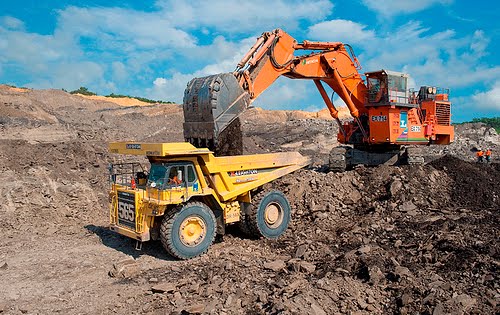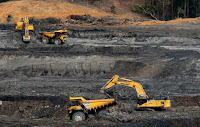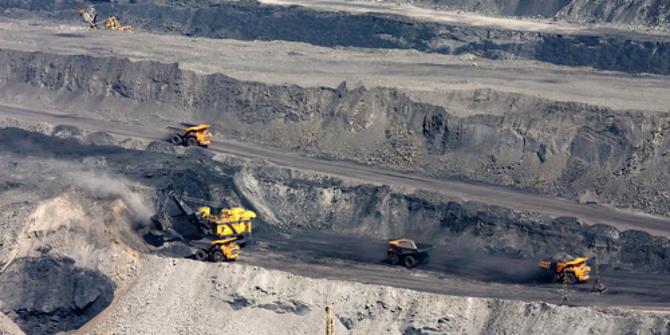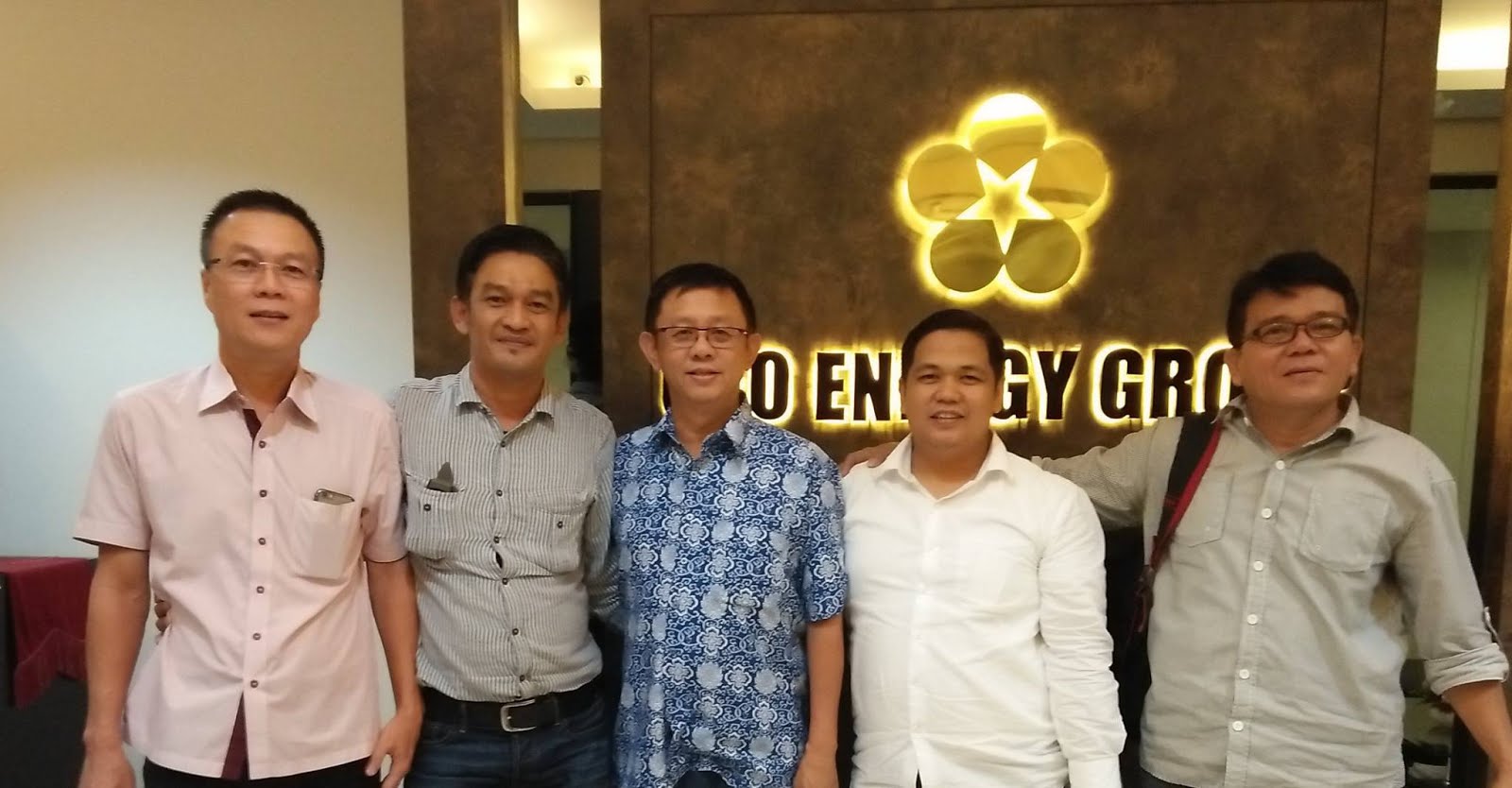Moving the current average global efficiency rate of coal-fired power plants from 33% to 40% by deploying more advanced off-the-shelf technology could cut two gigatonnes of CO2 emissions now, while allowing affordable energy for economic development and poverty reduction.
Two gigatonnes of CO2 is equivalent to:
- India's annual CO2 emissions
- Running the European Union's Emissions Trading Scheme for 53 years at its current rate, or
- Running the Kyoto Protocol three times over.
Platform for Accelerating Coal Efficiency (PACE)
Given the huge potential offered by improving efficiencies, the World Coal Association has published a concept paper on the launch of a global Platform for Accelerating Coal Efficiency (PACE).The vision of PACE would be that for countries choosing to use coal, the most efficient power plant technology possible is deployed. The overriding objective would be to raise the global average efficiency of coal-fired power plants and so minimise CO2 emissions which will otherwise be emitted while maintaining legitimate economic development and poverty alleviation efforts.
Technologies
Improvements in the efficiency of coal-fired power plants can be achieved with technologies including:- Fluidised Bed Combustion
- Supercritical & Ultrasupercritical Boilers
- Integrated Gasification Combined Cycle
Fluidised Bed Combustion
Fluidised Bed Combustion (FBC) is a very flexible method of electricity production – most combustible material can be burnt including coal, biomass and general waste. FBC systems improve the environmental impact of coal-based electricity, reducing SOx and NOx emissions by 90%.In fluidised bed combustion, coal is burned in a reactor comprised of a bed through which gas is fed to keep the fuel in a turbulent state. This improves combustion, heat transfer and recovery of waste products. The higher heat exchanger efficiencies and better mixing of FBC systems allows them to operate at lower temperatures than conventional pulverised coal combustion (PCC) systems. By elevating pressures within a bed, a high-pressure gas stream can be used to drive a gas turbine, generating electricity.
FBC systems fit into two groups, non-pressurised systems (FBC) and pressurised systems (PFBC), and two subgroups, circulating or bubbling fluidised bed.
- Non-pressurised FBC systems operate at atmospheric pressure and are the most widely applied type of FBC. They have efficiencies similar to PCC – 30-40%
- Pressurised FBC systems operate at elevated pressures and produce a high-pressure gas stream that can drive a gas turbine, creating a more efficient combined cycle system – over 40%
- Bubbling uses a low fluidising velocity – so that the particles are held mainly in a bed – and is generally used with small plants offering a non-pressurised efficiency of around 30%
- Circulating uses a higher fluidising velocity – so the particles are constantly held in the flue gases – and are used for much larger plant offering efficiency of over 40%
Supercritical & Ultrasupercritical Technology
New pulverised coal combustion systems – utilising supercritical and ultra-supercritical technology – operate at increasingly higher temperatures and pressures and therefore achieve higher efficiencies than conventional PCC units and significant CO2 reductions.Supercritical steam cycle technology has been used for decades and is becoming the system of choice for new commercial coal-fired plants in many countries.
Research and development is under way for ultra-supercritical units operating at even higher efficiencies, potentially up to around 50%. The introduction of ultra-supercritical technology has been driven over recent years in countries such as Denmark, Germany and Japan, in order to achieve improved plant efficiencies and reduce fuel costs. Research is focusing on the development of new steels for boiler tubes and on high alloy steels that minimise corrosion.
These developments are expected to result in a dramatic increase in the number of SC plants and USC units installed over coming years.
Integrated Gasification Combined Cycle (IGCC)
An alternative to achieving efficiency improvements in conventional pulverised coal-fired power stations is through the use of gasification technology. IGCC plants use a gasifier to convert coal (or other carbon-based materials) to syngas, which drives a combined cycle turbine.Coal is combined with oxygen and steam in the gasifier to produce the syngas, which is mainly H2 and carbon monoxide (CO). The gas is then cleaned to remove impurities, such as sulphur, and the syngas is used in a gas turbine to produce electricity. Waste heat from the gas turbine is recovered to create steam which drives a steam turbine, producing more electricity – hence a combined cycle system.
By adding a ‘shift’ reaction, additional hydrogen can be produced and the CO can be converted to CO2 which can then be captured and stored. IGCC efficiencies typically reach the mid-40s, although plant designs offering around 50% efficiencies are achievable.
Reliability and availability have been challenges facing IGCC development and commercialisation. Cost has also been an issue for the wider uptake of IGCC as they have been significantly more expensive than conventional coal-fired plant.
Gasification may also be one of the best ways to produce clean-burning hydrogen for tomorrow’s cars and power-generating fuel cells. Hydrogen and other coal gases can be used to fuel power-generating turbines, or as the chemical building blocks for a wide range of commercial products, including diesel and other transport fuels.











 09.16
09.16
 bro
bro












0 komentar:
Posting Komentar